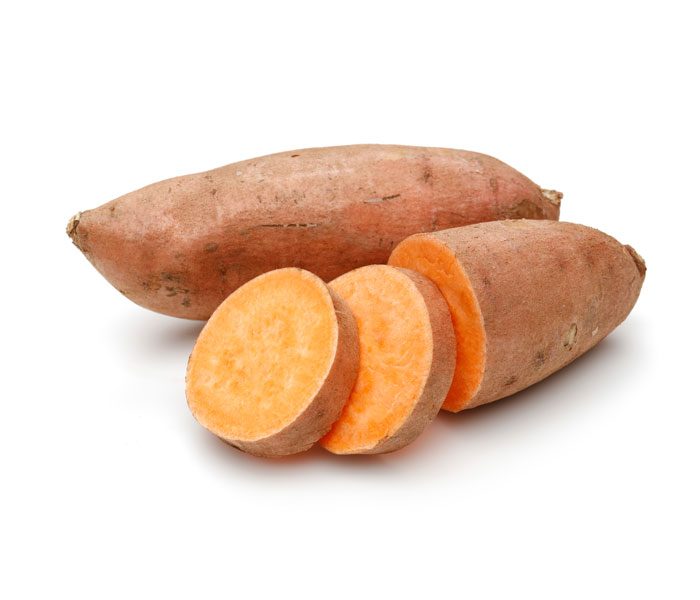Effective Ways to Load Creatine for Optimal Results in 2025
Creatine is one of the most popular and researched supplements in the fitness industry, particularly valued for its ability to enhance muscle gain and performance. Knowing how to load creatine effectively is crucial for anyone looking to maximize their workouts in 2025. This article will explore the creatine loading phase, dosage guidelines, and the benefits of proper usage, ensuring that you understand how to incorporate this powerful supplement into your routine for optimal results.
The importance of loading creatine lies in its rapid effectiveness in saturating your muscles with creatine phosphate, potentially enhancing strength and endurance. Many athletes and fitness enthusiasts wonder about creatine supplementation guidelines and the best approaches to achieve the desired benefits while avoiding common mistakes. This article roadmaps the key factors including timing, dosage, and personalized loading methods that lead to success.
Moreover, we will examine various loading strategies, address prevalent myths surrounding creatine, and present evidence-driven recommendations for loading creatine effectively. By the end of this guide, you will have a comprehensive understanding of creatine and its integration into your workout routine.
Understanding the Creatine Loading Phase
What is Creatine Loading?
Creatine loading is a strategy that involves taking higher doses of creatine over a short period, typically 5-7 days, to quickly saturate your muscle stores. During this initial phase, most individuals opt for approximately 20 grams of creatine daily, divided into 4 doses of 5 grams each. This approach is designed to enhance the speed and efficiency of muscle energy recovery, enabling athletes to achieve significant performance benefits.
Duration of the Loading Phase
The typical loading phase lasts about a week, a period proven to allow users to reach optimal muscle creatine levels quickly. However, individual responses may vary, so some might find a shorter or longer loading period more effective. Those new to creatine should consult informed guidelines or professional advice for determining the optimal loading duration tailored to their exercise routines.
Loading Strategies: Periodization and Rotation
Considering different approaches, periodized creatine loading entails alternating between loading and maintenance phases to prevent plateau effects. This method may provide extended benefits for seasoned athletes or those who engage in intense training cycles. Loading strategies can significantly influence creatine metabolism, enhancing overall results and muscle retention.
Taking these methods into account, the objective is to find a balance between effective dosage and individual training needs. This naturally leads us to the significance of understanding optimal creatine intake and its impacts on various training outcomes.
Optimal Creatine Dosage and Timing
Daily Creatine Dosage
The recommended daily dosage during the loading phase remains roughly 20 grams, while a maintenance dosage of 3-5 grams can typically follow the loading week. Other factors, such as body weight and training intensity, play a vital role in determining individual dosage adjustments. Properly assessing these parameters can help in maximizing creatine efficiency.
Pre- and Post-Workout Creatine Intake
Timing your creatine consumption is crucial for maximizing benefits. Creatine taken pre-workout can enhance your energy levels and performance during training. Conversely, post-workout intake is associated with improved recovery results. This dual timing approach ensures that creatine is available during critical muscle recovery phases, thereby enhancing outcomes.
Combining Creatine with Other Supplements
For maximum benefits, combining creatine with protein or carbohydrate sources can aid in muscle recovery and growth. Doing so can also accelerate creatine absorption rates, leveraging its benefits in conjunction with other supplements. Nutritional synergy enhances the overall effectiveness of your supplementation strategy.
With a solid understanding of dosing and timing, we can now delve into common creatine loading myths and mistakes that often hinder results.
Common Creatine Loading Myths and Mistakes
Myth: Creatine Causes Dehydration
A prevalent myth suggests that creatine leads to dehydration, creating fears for those considering supplementation. While it's essential to maintain optimal hydration, misinformed beliefs ignore the positive effects of creatine on hydration status. Creatine can actually help in retaining water within muscle cells, promoting better performance.
Error: Skipping Maintenance Phases
Another common mistake includes neglecting maintenance doses after the loading phase. Skipping this stage can reduce the benefits of creatine, as maintaining saturated creatine levels is crucial for ongoing performance enhancement. Effective loading should always lead into a systematic maintenance approach.
Overloading: Taking Too Much Creatine
Taking excessive amounts of creatine can lead to side effects such as gastrointestinal discomfort and bloating. It's important to adhere to recommended dosages and individualize your intake according to your body's responses. Gradual increments in your creatine plans can help assess personal tolerance levels while optimizing results.
As we see, addressing these myths and mistakes impacts not only user effectiveness but overall fitness quality. Next, let’s explore effective creatine loading techniques that can be adopted.
Effective Creatine Loading Techniques
Mixing Creatine with the Right Beverages
Mixing your creatine powder in a simple carbohydrate drink or warm water can enhance absorption. These techniques provide the glucose necessary to utilize creatine effectively. When loading creatine, consider the fluid characteristics you use alongside it to maximize uptake.
Prioritizing Hydration
Creatine supplementation requires optimal hydration not only to enhance its effects but also to prevent potential side effects. Adequate water intake is key to utilizing the benefits of creatine effectively. Individuals should monitor their hydration levels, adjusting fluid intake if necessary when engaging in intense training.
Tracking Progress and Adjustments
Measuring the effectiveness of creatine supplementation is crucial. Tracking muscle gain, performance enhancements, and physical adjustments can reveal whether your technique is suitable. If you're not noticing favorable outcomes, reevaluating your loading schedule or dosage is paramount to reaching your goals.
With effective techniques at hand, we approach the insightful exploration of creatine absorption tips that can further enhance outcomes from your supplementation.
Conclusion: Maximizing Your Creatine Experience
Loading creatine effectively not only boosts performance for strength and endurance athletes but also supports long-term muscle health. By adhering to optimal dosing guidelines and combining best practices with proven loading strategies, you will set yourself up for success.
In 2025, understanding the nuances of creatine supplementation and employing strategies that accommodate both training cycles and individual needs is more important than ever. Remember to stay hydrated, monitor your body’s response, and consult professionals if necessary to optimize your creatine use. As you embark on your creatine journey, being informed about the benefits and mechanics of this powerful supplement will ultimately enhance your workouts and recovery.


